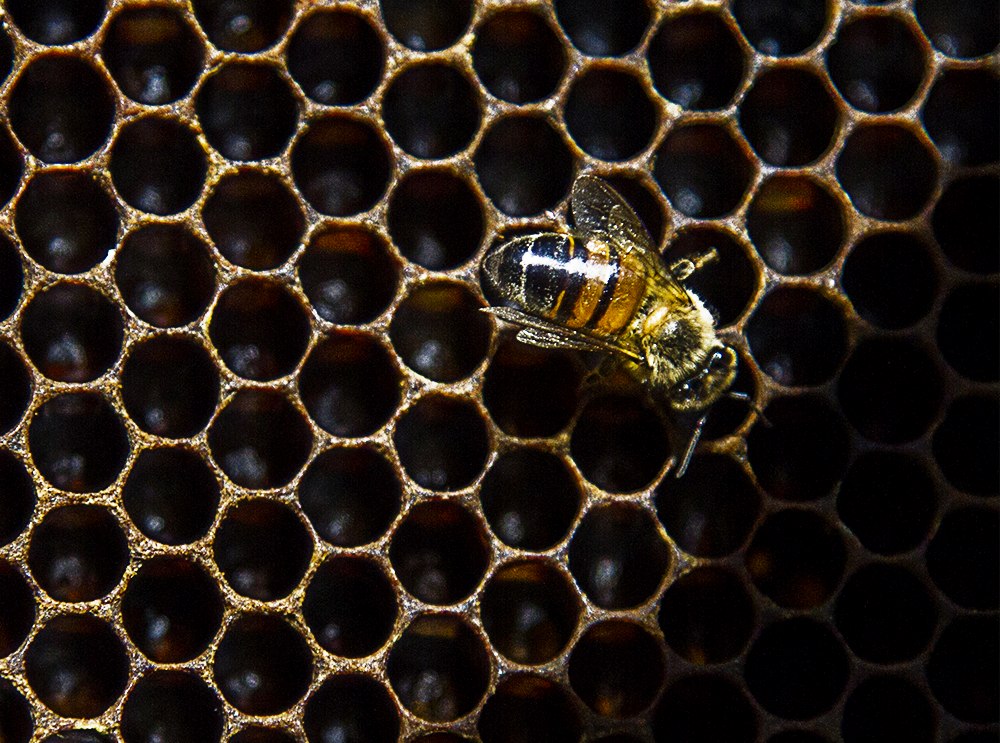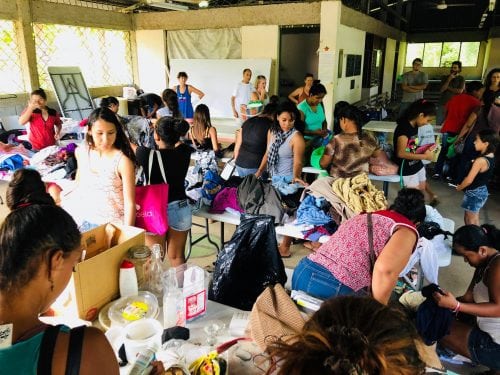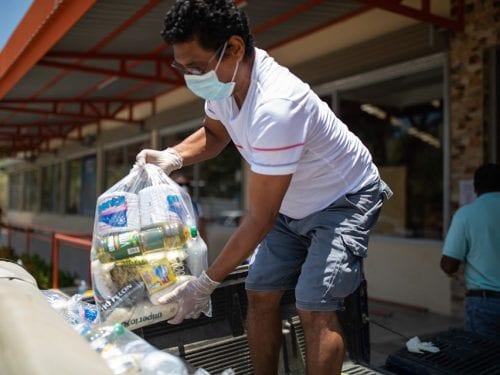
American Sara Galbraith studies entomology at the University of Idaho. In 2013, Galbraith came to live in Hojancha, attracted by the phenomenon of honeybees, and she fell in love with the region while conducting the first comprehensive study on bees and their habitat in the Nicoya Peninsula.
In her study, Galbraith found 125 species of bees native to the peninsula but says that many more exist that have not been recognized. Regarding the decline in the bee population, Galbraith recommends lowering pesticide use and keeping flowers under teak trees so the bees can do their job.
In an effort to share her discoveries, Galbraith will be in the Coopenae session hall in Nicoya, across from the Nicoya Municipality, on July 17th to present the results of that study to the public. The activity will take place starting at 2 p.m.
The Voice of Guanacaste wanted to have a preview of what will be presented by Sara Galbraith
How was the experience?
This was a unique experience in my life. I learned a lot about the Costa Rican culture, I learned to speak Spanish, and I had the opportunity to spend time with beekeepers and farmers in the region. My study was very interesting because I could travel all over the peninsula and see very lovely areas while collecting data. And in addition to working with honey-producing species, I also studied the native species of bees.
What important things were you able to discover with the study?
The most important result is that there is low diversity (number of species) of bees in teak plantations. Bee biodiversity is higher in coffee plantations and pastures. It is important that we improve teak management to keep the flowers under the trees. Also, it is important that the importance of shade trees in pastures and coffee is recognized to maintain resources for bees. In addition, I found that there are many species of bees in the peninsula. In Costa Rica, there are 800 species of native bees. Here, I found about 125 species of bees, and there are certainly many more that exist in the peninsula. I talked to many people who live here and many do not know that bees are so abundant and diverse!
What was the purpose of the study?
The goal of my study was to understand how the diversity of native bee populations changes, depending on the uses of land in the peninsula. During the last 100 years, the peninsula was deforested by cattle, subsequently reforested, and is now a mixture of pasture, teak or melina plantations, secondary forest and some crops. I put traps in different types of farms to understand how the bee populations are different depending on the uses of land here in the peninsula.
Why did you choose the bees of this area?
Globally, there is a loss of species that pollinate plants. In the area, bees are the most important pollinators for species of native plants. In addition, they improve the production of many crops, such as coffee, melon and watermelon. Also, there were not many studies about bees in the area. If we want to understand the situation of bees in the future, it is extremely important that we have databases for comparison.
How long did it take you to do the study?
I’ve been working on my PhD for four years. For two years, I lived in Hojancha to work in the field and collect data. It was a very intense project.
What curious things did you find?
I found some bees that had not been seen before in this region. There were not many studies of bees in the Nicoya Peninsula, so we did not have an information base of what species live here. I went to the lab in the U.S. where they are experts on Costa Rican bees. They identified about 100 bee species in my samples that they did not have in the collection.
What kinds of differences did you find compared to other regions of the world?
Nicoya Peninsula is interesting because there was a lot of reforestation in the 80s and 90s, so there are many plots of secondary forest. In addition, coffee farms and pastures don’t have a very intensive management, in other words, there are many native trees for shade on the farms. That is different from other countries or regions where agriculture is very intensive.
What can be done to promote the work and coexistence of bees in this area?
The two most important things are to increase flower resources and reduce the use of pesticides and herbicides. To increase resources, it is important to keep native trees and the small flowers that grow under the trees. For example, in teak plantations it is common to chop down or burn the flowers. This type of management eliminates resources for bees. It is also important to use pesticides and herbicides only when absolutely necessary. In this case, the label should be read in order to apply it in a responsible way.
How does the participation of bees in the environment affect people?
Bees maintain a lot of nature! Most native flowers in the region need bees in order to reproduce. In addition, there are many important crops, like coffee and melon, that produce more with bee pollination. Some plants need a specific native bee in order to produce. So if we lose some native bee species, it is possible that we would lose some plants as well. Many scientists say that a third of the food that we eat depends on bees.
What is your next step?
First, I am writing a report of the results for publication and another version to share with associations of beekeepers. They are providing a very important service (pollination), but they need government support and organization from the associations to stay profitable. In addition, I am going to share the results with FONAFIFO (National Forestry Financing Fund-Fondo Nacional de Financiamiento Forestal) so they can consider changes in environmental services, for example, pollination in public policy and programs established for the peninsula.
Along with Galbraith, Nilsa Bosque Perez from Puerto Rico will be there. She serves as professor at the University of Idaho in the area of biodiversity management and its impact on insects and has been advising students on research in Costa Rica for 15 years. Likewise, Puerto Rican Hector Tavarez, who has a master’s degree in economics and is an environmental science student at the University of Idaho, will be discussing the issue of water. Tavarez did research in the cantons of Hojancha, Nandayure and Nicoya, especially in communities facing water shortages.

Sara Galbraith







Comments